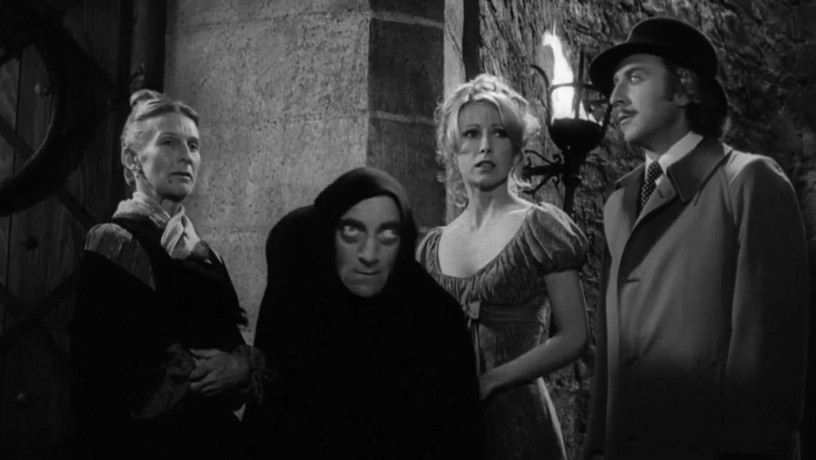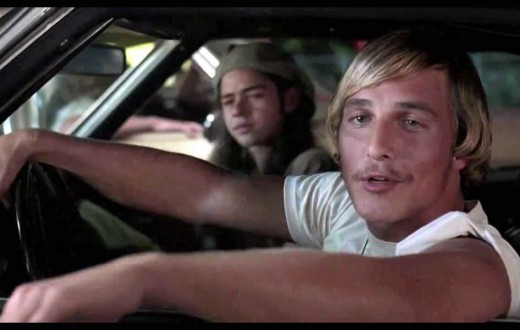This article delves deeper into body language, particularly, the negative kind. It’s a follow-up to our previous article Too Much Body Language can Destroy Your Performance. Be sure to check it out if you missed it because there are some great examples you can learn from.
Body language is an essential tool of communication, and one that successful actors must master if they’re to effectively portray their characters. In the theater, facial expressions and subtle gestures can create a powerful effect on the audience, while in film, knowing how to express emotions without speaking can be just as important. Unfortunately, body language isn’t always positive; some actors have to learn how to expertly convey negative emotions.
If you wish to demonstrate sadness, desperation or anger, you need to ensure your posture reflects these sentiments. Maintaining good posture with a straight back and open chest will help project strength and confidence, even when playing a vulnerable character. Meanwhile slumped shoulders indicate defeat, while leaning forward suggests aggression or intensity. Facial expressions such as frowning brows and down-turned lips may be used in combination with physical cues for maximum effect.
Let’s break down some negative body language expressions:
Frowning, poor stance, avoiding eye contact, inappropriate spacing, and as I mentioned in the previous article, overusing gestures.

Frowning Brows and Down-turned Lips
Robert De Niro is a master at the frowning brows and down-turned lips. Have you seen the movie Heat with De Niro and Al Pacino? Watch this clip of a restaurant scene from the movie Heat. There’s a lot to learn from De Niro. I suggest you watch as many as his films as possible.
Poor Stance
Actors who have a poor stance during performances can be perceived as untrained or unprofessional by their audience. Poor posture projects an air of disinterest and laziness, giving the impression that the actor is not interested in the performance. It can even appear to disrespect the work being done on stage, leading viewers to believe that the actor doesn’t take their job seriously.
Having a proper stance while performing is important for actors to convey their message and emotion effectively. A strong posture through confident body language gives off an air of attentiveness and respect for not only one’s craft but also for those witnessing it. This sends a powerful signal of professionalism, skill and dedication which will create more opportunities for advancement within the acting world.
As for characters with poor stances, this is a way to make your mark because you will intentionally be trying to make the audience focus on the stance. Marty Feldman, who plays Igor in the Mel Brooks film Young Frankenstein, takes “poor stance” to the next level. Watch this scene and then subscribe to DirectSubmit / NYCastings to comment.
Avoiding Eye Contact
I love this one. So much can be said from the eyes. By avoiding eye contact, it gives off a vibe. And not just one vibe, but so many vibes that – well, so many vibes period, which is why I love this one so much.
Avoiding eye contact is an intriguing form of nonverbal communication, especially in the context of acting. More than just a physical action or gesture, avoiding eye contact can be used to convey various powerful emotions and messages. This technique is oftentimes employed by actors to add layers of meaning and authenticity to their performance.
When an actor avoids eye contact with other characters or the audience, they are making use of a powerful tool that allows them to express complex thoughts and feelings that cannot be easily conveyed through words alone.
Depending on the direction, avoiding eye contact on stage or screen can mean different things. On stage can indicate fear, shame or guilt; it can also create tension and suggest uneasiness within a scene. In film and television, this technique allows directors to craft stories with subtle nuances that tell us more about the characters without having them explicitly say anything at all.
Inappropriate Spacing to Make Someone Uncomfortable
Inappropriate spacing is a common issue that can affect the emotions of actors in theater and film. Not having enough space between people or objects on stage can have detrimental effects on the emotional context of a performance, ultimately making it difficult to portray real emotion.
Theatrical spaces are often limited, but when actors don’t have enough room to move around they might feel cramped or uncomfortable. This has an effect on the quality of their acting, as it creates a negative environment where actors are unable to give full emotional expression to their performances. The lack of physical space also limits the scope for different types of blocking – which is an essential part of creating meaningful scenes – further inhibiting natural acting ability.
There are characters who on purpose want to make other characters uncomfortable. Perhaps the character is an FBI agent who wants to intimidate a person of interest. Or maybe a psychopath who wants to install fear into their victim. No matter what character is, use of space can be a great way to achieve the goal.
Making someone uncomfortable by not giving them enough space can be done in a variety of ways. Acting is a key element when it comes to making someone feel uneasy without actually saying anything. Body language, facial expressions and subtle interactions are all cues that indicate someone may not have enough space – right? We all know that.
When you’re in the company of others, maintaining a comfortable distance between yourself and those around you is essential for healthy communication and social interaction. If you act too close or invade the other person’s personal bubble, it sends the message that you don’t respect their boundaries or privacy. Invading another person’s comfort zone can cause feelings of discomfort which could lead to an awkward situation or even confrontations if allowed to escalate.
So if your character’s intention is to create an uncomfortable situation, take an extra step toward them. Now that I think about it, this could be a great activity to try in an improv class.
Body language is a powerful tool for actors, especially to convey negative emotions. Remember to pay attention to your posture, facial expressions and movement when portraying a negative emotion. Practice with others so you can develop the skills needed. Ultimately, creating an emotionally captivating performance involves utilizing both verbal and non-verbal communication tools.







